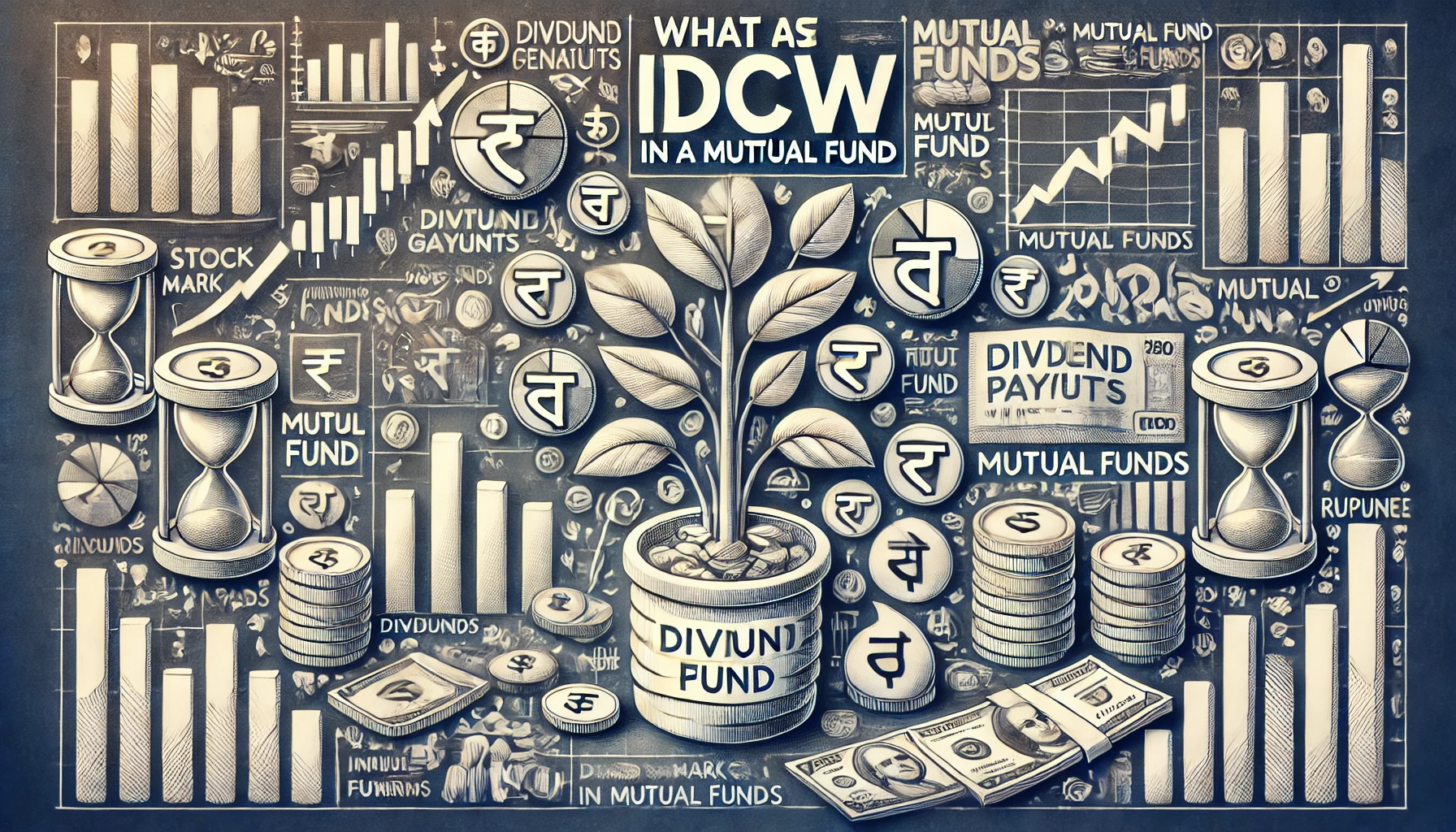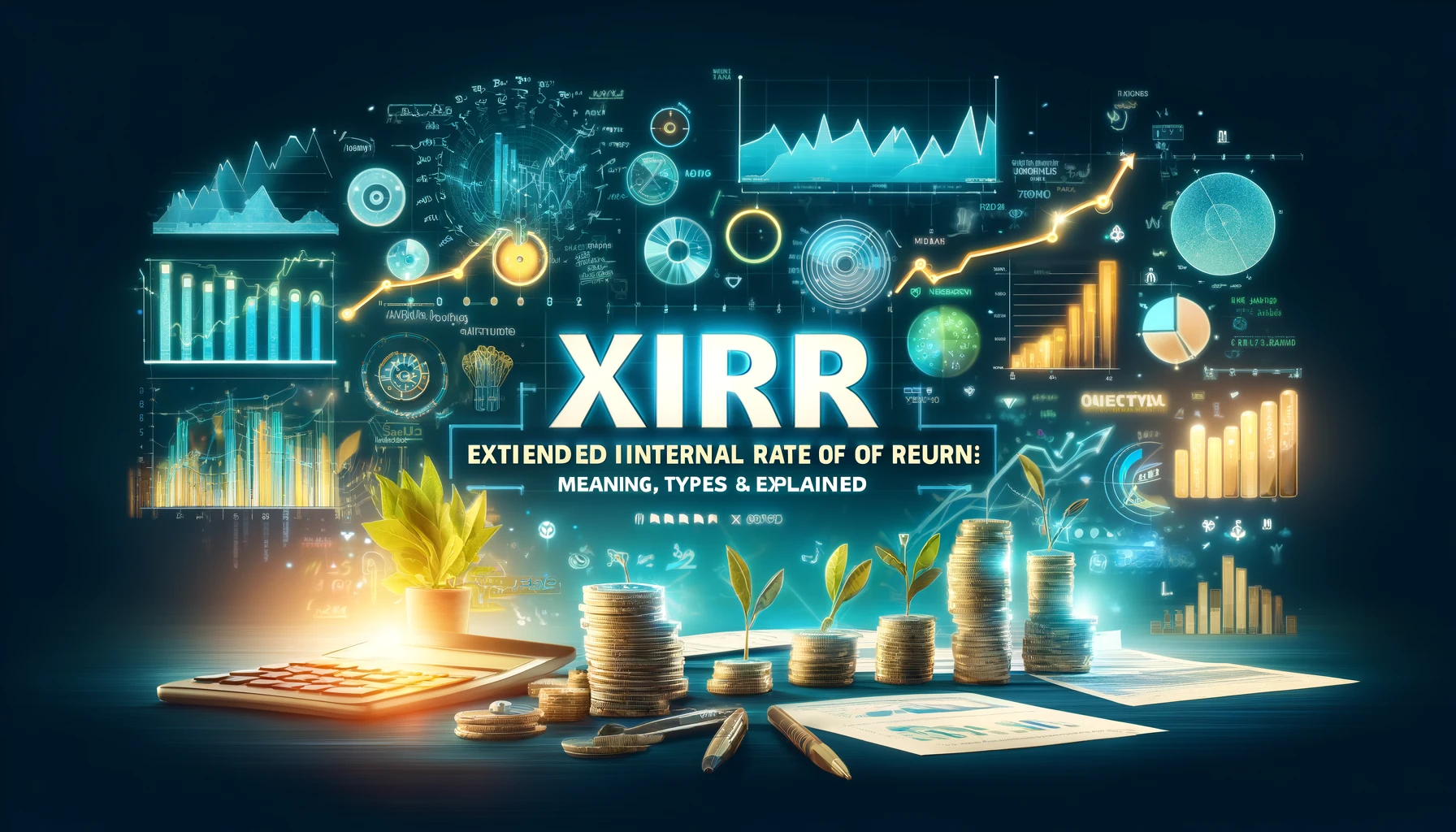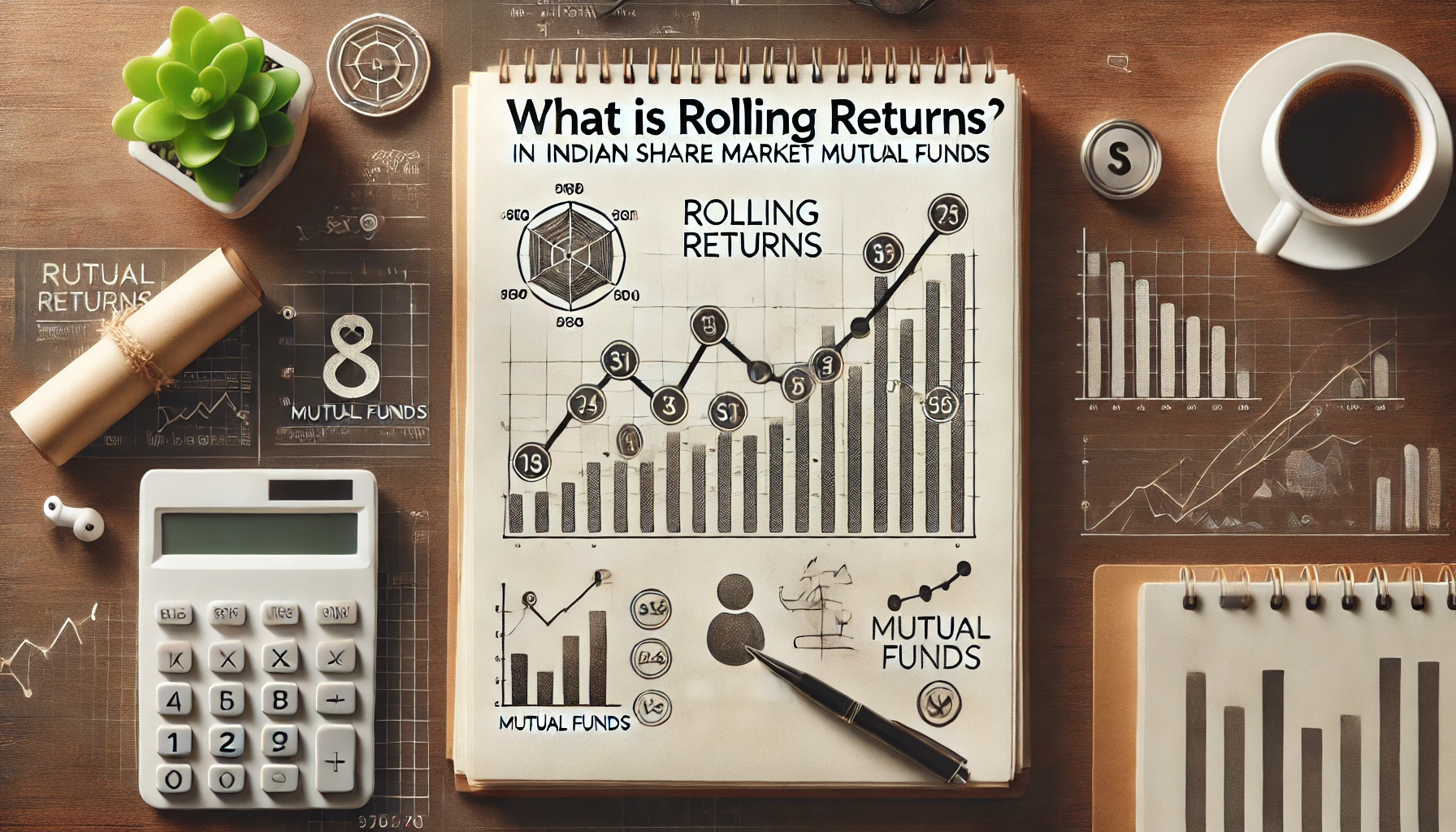Corporate bond funds are a type of debt mutual fund that invests primarily in high-rated corporate bonds. These bonds are issued by companies to raise capital, and in return, they pay interest to bondholders over a specified period. In India, corporate bond funds are required to invest at least 80% of their assets in high-quality corporate bonds rated AA+ or above, ensuring a high degree of creditworthiness.
Corporate bond funds are suitable for investors looking for a stable income stream with moderate risk. They tend to offer higher returns than government bonds or bank fixed deposits but come with slightly more risk due to the creditworthiness of the corporate issuers.
Key Features of Corporate Bond Funds
- Higher Returns than Government Bonds: Corporate bonds generally offer higher interest rates than government bonds due to the increased credit risk.
- Moderate Risk: While corporate bonds are relatively safer than equities, they carry a higher risk than government bonds, especially if the issuer faces financial difficulties.
- Interest Rate Sensitivity: The performance of corporate bond funds is affected by changes in interest rates, similar to other debt instruments.
- Regular Income: Investors receive interest payments, making these funds a good option for those seeking a stable income.
- Tax Efficiency: Corporate bond funds benefit from long-term capital gains tax if held for more than three years, offering better post-tax returns compared to fixed deposits.
How Do Corporate Bond Funds Work?
Corporate bond funds pool investors’ money and invest it in a diversified portfolio of corporate debt securities. These securities are typically issued by large, creditworthy companies to raise funds for business expansion, operations, or other financial needs. In return, the issuing companies pay regular interest to bondholders, providing a steady stream of income for the fund.
The performance of a corporate bond fund is determined by two main factors:
- Interest Rates: When interest rates rise, bond prices fall, leading to a decline in the Net Asset Value (NAV) of the fund. Conversely, when interest rates fall, bond prices rise, increasing the NAV.
- Credit Quality: The creditworthiness of the issuing companies plays a crucial role in the performance of the fund. If a company’s financial situation deteriorates, its bond rating may be downgraded, which could affect the bond’s price and the overall value of the fund.
Example:
Let’s take an example of a corporate bond fund that invests in three different corporate bonds:
| Issuer Name | Rating | Allocation (%) | Interest Rate (%) |
|---|---|---|---|
| Company A | AAA | 40% | 7.25% |
| Company B | AA+ | 35% | 7.50% |
| Company C | AA | 25% | 8.00% |
In this scenario, the fund generates returns based on the interest payments received from these corporate bonds. However, if Company C experiences a financial downgrade, the price of its bond may fall, reducing the overall return of the fund.
Historical Performance of Corporate Bond Funds in India
To better understand the returns of corporate bond funds, let’s look at the historical performance of these funds compared to other fixed-income investment options.
| Year | Corporate Bond Fund Average Return (%) | Bank FD Return (%) | Government Bond Fund Return (%) |
|---|---|---|---|
| 2018 | 7.45% | 6.50% | 6.00% |
| 2019 | 9.12% | 6.40% | 7.25% |
| 2020 | 8.45% | 5.75% | 6.50% |
| 2021 | 6.98% | 5.50% | 6.10% |
| 2022 YTD | 6.12% | 5.25% | 5.75% |
Corporate bond funds have historically offered better returns than bank fixed deposits (FDs) and government bonds, making them an attractive option for income-seeking investors. However, it is essential to note that these funds carry slightly more risk than government bonds due to the possibility of credit downgrades.
Benefits of Corporate Bond Funds
1. Higher Returns Compared to FDs
Corporate bond funds generally provide higher returns than bank fixed deposits, making them a more lucrative option for conservative investors seeking steady income.
2. Diversification
These funds invest in a diversified portfolio of bonds issued by multiple companies, reducing the risk associated with any single issuer. Diversification helps in managing credit risk more effectively.
3. Moderate Risk
Corporate bond funds are considered less risky than equity funds but more rewarding than government bonds or savings accounts. Investors benefit from relatively stable returns with moderate risk exposure.
4. Tax Efficiency
Corporate bond funds offer tax advantages over fixed deposits. If held for more than three years, the gains from these funds qualify for long-term capital gains tax with indexation benefits, reducing the taxable income.
5. Liquidity
Corporate bond funds offer higher liquidity compared to other fixed-income investments like fixed deposits or real estate. Investors can redeem their units at any time, although there may be a small exit load if redeemed within a short period.
Risks Involved in Corporate Bond Funds
While corporate bond funds offer attractive returns, they also come with certain risks:
1. Credit Risk
Credit risk is the possibility that the bond issuer may default on interest or principal payments. Although corporate bond funds invest in high-rated bonds, there is always a chance of a company facing financial difficulties and being unable to meet its debt obligations.
2. Interest Rate Risk
Corporate bond funds are sensitive to interest rate movements. When interest rates rise, bond prices tend to fall, negatively impacting the NAV of the fund. Conversely, falling interest rates can boost the NAV.
3. Liquidity Risk
Although corporate bond funds are relatively liquid, there may be periods when the underlying bonds are not easily tradable in the market. This could affect the fund’s ability to meet redemption requests during market stress.
4. Concentration Risk
If a corporate bond fund has significant exposure to bonds issued by a few companies, it may face concentration risk. If any of these companies experience a credit downgrade or default, the fund’s overall performance could be adversely affected.
Who Should Invest in Corporate Bond Funds?
Corporate bond funds are suitable for:
- Conservative Investors: Investors looking for a stable income with moderate risk can benefit from corporate bond funds.
- Long-Term Investors: Investors with a long-term horizon (3+ years) can take advantage of tax-efficient returns and lower interest rate volatility.
- Diversified Portfolios: Investors seeking to diversify their portfolios beyond equities and government bonds can consider corporate bond funds as part of their debt allocation.
Comparison of Corporate Bond Funds with Other Fixed-Income Instruments
Let’s compare corporate bond funds with other popular fixed-income investment options to understand how they stack up:
| Instrument | Risk Level | Expected Return (%) | Liquidity | Ideal Investment Horizon |
|---|---|---|---|---|
| Corporate Bond Fund | Moderate | 6% – 9% | High | 3 to 5 years |
| Bank FD | Very Low | 5% – 6% | Moderate | 6 months to 5 years |
| Government Bond Fund | Low | 5% – 7% | High | 3 to 5 years |
| Liquid Fund | Very Low | 3% – 5% | Very High | 1 to 3 months |
Corporate bond funds offer higher returns than government bonds and bank FDs while providing better liquidity. However, they also come with a higher degree of credit risk.
Historical Credit Events and Impact on Corporate Bond Funds
Corporate bond funds in India have experienced credit events where the downgrading of specific companies affected the overall performance of the funds. One such example was the default of IL&FS (Infrastructure Leasing & Financial Services) in 2018, which led to a significant loss in several corporate bond funds with exposure to IL&FS debt.
Credit events like these highlight the importance of careful fund selection and the expertise of fund managers in managing credit risk. Investors should opt for funds with a well-diversified portfolio and a strong track record of managing credit quality.
Taxation on Corporate Bond Funds
The taxation of corporate bond funds in India depends on the holding period:
- Short-Term Capital Gains (STCG): If the investment is held for less than 3 years, the gains are taxed as per the investor’s income tax slab.
- Long-Term Capital Gains (LTCG): If the investment is held for more than 3 years, the gains are taxed at 20% with indexation benefits. Indexation helps adjust the purchase price for inflation, reducing the taxable gains.
This tax treatment makes corporate bond funds more attractive for long-term investors, as the indexation benefit can significantly reduce the tax burden on capital gains.
How to Select the Right Corporate Bond Fund
When selecting a corporate bond fund, investors should consider the following factors:
1. Credit Quality:
Choose a fund that invests primarily in high-rated corporate bonds (AA+ and above). This ensures that the fund has a lower risk of default, although the returns may be slightly lower than funds investing in lower-rated bonds.
2. Fund Manager’s Track Record:
A seasoned fund manager with experience in managing credit risk and navigating market volatility is essential. Look for funds with a strong performance history and effective risk management practices.
3. Expense Ratio:
Corporate bond funds come with management fees, and a lower expense ratio means higher take-home returns for investors. Compare the expense ratios of different funds before making a decision.
4. Interest Rate Environment:
Assess the current and expected interest rate environment before investing. Corporate bond funds perform well in a declining interest rate environment, while rising rates can negatively impact the NAV.
Conclusion: Are Corporate Bond Funds Right for You?
Corporate bond funds offer an attractive balance between risk and return, making them a suitable option for conservative investors seeking a stable income. These funds provide higher returns than traditional fixed deposits and government bonds, but they come with a moderate level of risk, primarily related to credit quality and interest rate fluctuations.
If you have a long-term investment horizon and are looking to diversify your fixed-income portfolio, corporate bond funds can be an excellent addition to your investment strategy. However, it is essential to choose a fund with a strong track record and sound credit risk management.
As always, consult with a financial advisor to ensure that corporate bond funds align with your financial goals and risk tolerance.

What are Dividend Yield Mutual Funds?
Dividend yield mutual funds are designed for investors seeking a steady income source from their …

What Is Children’s Mutual Fund?
Children’s mutual funds are specially designed to help parents and guardians build a secure financial …

What are Alpha and Beta in Mutual Funds?
In mutual fund investing, understanding performance metrics like Alpha and Beta is essential for assessing …

Sovereign Gold Bonds vs Mutual Funds
For Indian investors seeking diverse investment opportunities, both Sovereign Gold Bonds (SGB) and mutual funds …

What Is Risk-Return Trade-Off in Mutual Funds?
In mutual fund investments, the risk-return trade-off is a fundamental concept that helps investors balance …

What is a Mutual Fund Manager?
A mutual fund manager plays a crucial role in the success of a mutual fund, …

Debt vs Equity Funds
Investing in mutual funds offers various avenues, with debt and equity funds standing out as …

What are the Different Types of Index Funds?
Index funds have gained popularity among Indian investors for offering a low-cost, diversified approach to …

What is CAMS KRA?
CAMS KRA (Computer Age Management Services KYC Registration Agency) is a crucial player in India’s …

What is Yield to Maturity?
Yield to Maturity (YTM) is a crucial concept in fixed-income investments, especially in mutual funds …

What are Thematic Funds?
In the Indian share market, Thematic Funds have gained popularity as specialized mutual funds tailored …

What is Broad Market Index Fund?
In the Indian share market, Broad Market Index Funds offer a straightforward, cost-effective way for …

What are Retail Fund?
In the Indian financial market, Retail Funds are a key category of mutual funds designed …

What is Regional Fund?
In the evolving landscape of the Indian financial market, Regional Funds have emerged as a …

Can Mutual Funds Change Expense Ratio?
Investing in mutual funds involves paying various fees, one of the most important being the …

What is the Inverted Yield Curve?
In financial markets, the yield curve is a key indicator that investors and economists use …

What are Dynamic Asset Allocation Funds?
Dynamic asset allocation funds, also known as balanced advantage funds, are becoming increasingly popular in …

What are Short Term Capital Gains on Mutual Funds?
Investing in mutual funds has become an increasingly popular way for investors to diversify their …

What are Corporate Bond Funds?
Corporate bond funds are a type of debt mutual fund that invests primarily in high-rated …

What Are Money Market Funds?
Money Market Funds (MMFs) are a type of mutual fund that invests in short-term debt …

What is a Fund of Funds?
A Fund of Funds (FoF) is a mutual fund that invests in other mutual funds …

What is a Credit Risk Fund?
A credit risk fund is a type of debt mutual fund that primarily invests in …

What are Gold Funds?
Gold funds are a type of mutual fund that invests in gold-related assets, including gold …

What is Counterparty Risk?
In the world of investments, especially in Indian share market mutual funds, the concept of …

What is a sinking fund?
In the world of finance and investments, planning ahead for future liabilities is crucial for …

What is IDCW in a Mutual Fund?
Investing in mutual funds offers several options for investors looking to grow their wealth over …

What are growth funds?
Growth funds are a type of mutual fund that primarily focuses on capital appreciation by …

CAGR vs Absolute Returns
When investing in mutual funds, understanding your returns is essential to make informed decisions. Two …

What is a Capital Protection Fund?
A Capital Protection Fund (CPF) is a type of hybrid mutual fund designed to safeguard …

What Is Rupee Cost Averaging in Sip?
Rupee Cost Averaging (RCA) is a systematic investment strategy used in mutual fund investments, particularly …

What are Gilt Funds
Investing in mutual funds can be an excellent way to grow your wealth while managing …

What is Target Maturity Funds?
Target Maturity Funds (TMFs) have gained attention in the Indian share market, offering a unique …

What is KIM?
When investing in Indian mutual funds, investors often come across a document known as the …

Trailing Returns vs Rolling Returns
When analyzing mutual fund performance, understanding returns is crucial for making informed investment decisions. Two …

What is Hybrid Mutual Fund?
When investing in mutual funds, you typically aim to find the right balance between risk …

What is XIRR?
Investing in mutual funds is a popular choice for many investors in India, thanks to …

What is the Sharpe ratio?
In the world of mutual fund investing, one of the most crucial aspects to consider …

What is AMFI?
The Indian mutual funds industry has grown exponentially over the past two decades. This growth …

What is Rolling Returns?
Investing in mutual funds requires understanding various performance metrics to make informed decisions. One such …



















